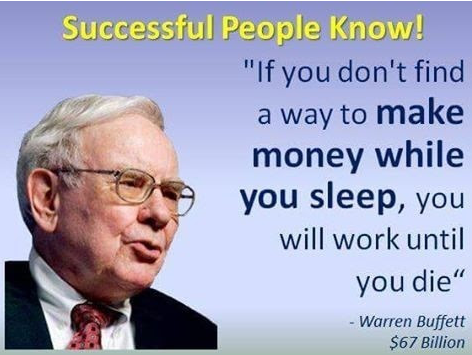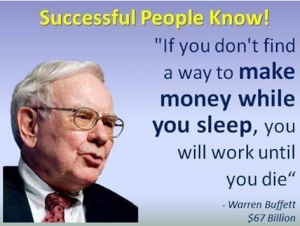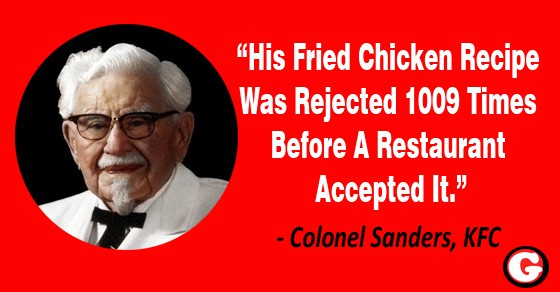
glowing bulb among the gray
“Words are, of course, the most powerful drug used by mankind.” —Rudyard Kipling
As a leader, motivating and inspiring people is one of your most important tasks, and the words you say (and how you say them) are your most powerful tool. And if you strive to be a greatleader, there are things you should never say.
Here are seven statements to take out of our vocabulary completely:
1. “There are no problems, only opportunities.”
Yes, problems do come up, and denying them doesn’t make them go away. Although the phrase is often used to encourage team members to think more creatively, it can also communicate that the leader isn’t willing to listen when there are real challenges to overcome. It makes the leader look out of touch and weak.
The fix: Always be willing to listen to your employees, and ensure they know it. The result will be employees who are much more willing to tackle challenges and bring you solutions.
2. “Don’t do anything without asking me first.”
Unless someone is new to a job, micromanaging their every step not only hinders their growth, but is just as unproductive for the leader. When leaders micromanage everything, they bottleneck the process and lower employee morale. Employees are productive when they have meaningful work and the resources and authority to do their job.
The fix: Instead of micromanaging, clarify expectations ahead of time, check on employees appropriate to their training and ability, and follow up with feedback on how they are doing. The goal is to put the right people in the right places and enable them to succeed.
3. “Don’t bring me any bad news.”
Telling employees this doesn’t make the bad news go away, but it can keep a leader from finding out about it in time for it to be managed. Colin Powell, former U.S. secretary of state said, “Bad news isn’t wine. It doesn’t improve with age.” It’s always better to tackle a problem when it’s small than wait until it’s costly or causes bad publicity.
The fix: Create an environment where employees are encouraged to bring up issues when they appear so they can be solved.
4. “It’s not personal, it’s business.”
Business is all about relationships, and relationships are personal. Employees spend the majority of their waking hours at work. Leaders who ignore their feelings will create resentment and have a difficult time carrying out their goals.
The fix: Create a culture where employees know you have a passion for your work, but empathy for people. Demonstrate that you respect them by treating them the way they want to be treated.
5. “We don’t need any more ideas.”
Leaders often reject creative ideas not because those ideas don’t have potential, but because they aren’t capable of handling the fear, uncertainty and anxiety that goes with backing an idea that may be innovative but has potential risk, such as loss or negative judgment from their boss. After all, if the leader backs an unproven idea and the idea goes down in flames, they believe they do, too. The unintended result is that an organization doesn’t thrive and progress without an influx of innovative (and sometimes edgy) ideas.
The fix: Open yourself up to new ideas and ways of thinking. Take employees’ ideas seriously, and get an unbiased person you trust to evaluate how a new idea could be implemented with changes in strategy or process.
6. “I don’t want any interruptions.”
Leaders get interrupted a lot. You need time to plan and reflect, but if your door is always closed and employees never come to update you, it’s probably because the message is clear: You are too busy to be bothered. The downside is you don’t find out what is going well or what needs your guidance.
The fix: Stop what you are doing, turn away from your computer and really listen to your people. When you need to complete an important task and don’t have time to listen, try saying, “I really want to be able to listen to this because it’s an important topic. Please come back in an hour so I can give it my complete attention.” That way, you will stay informed and still be able to complete the things you need a longer block of time to do.
7. “Failure is not an option.”
Leaders who adopt this philosophy instill fear and anxiety in their employees because mistakes are not allowed. No one can take risks or try anything new because they always have to play it safe. This is the best way for leaders to build a stagnant culture and a company that cannot compete in the marketplace. Failure is really a teaching tool to bring us to something greater.
The fix: Ensure your employees know mistakes aren’t fatal—the goal is to discover mistakes quickly, correct them and move forward. If you wait for flawless, you will never begin anything new. The real failure is fear of developing an idea until it’s perfect.






















